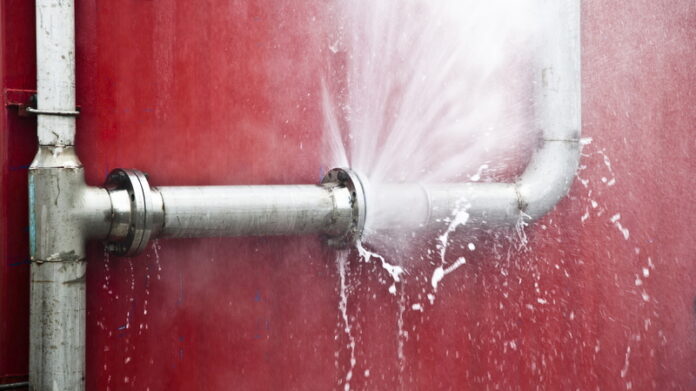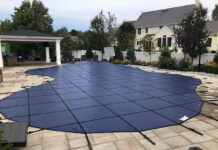Most folks take the plumbing system for granted. They assume that since the kitchen and toilet systems are working fine, they will always do so. The truth is that plumbing emergencies are always lurking around the corner. Your toilet may be okay for one minute. The next hour, it stopped flushing. Of course, it costs a lot of money to repair the plumbing system, but there is no way you can escape this obligation.
It is impossible to continue living in a house with a broken toilet. In most cases, you will get some warning signs that something is amiss with your plumbing. These emergencies don’t appear suddenly. If you are keen enough, you will notice these red flags in your plumbing system, and most importantly, take the necessary actions to prevent the anomaly from getting worse. The best way to deal with such nuances is to take proper care of your system. Two, act fast to repair any plumbing issues. This guide shares 10 plumbing care tips to help prevent emergencies.
1. Inspect fixtures regularly
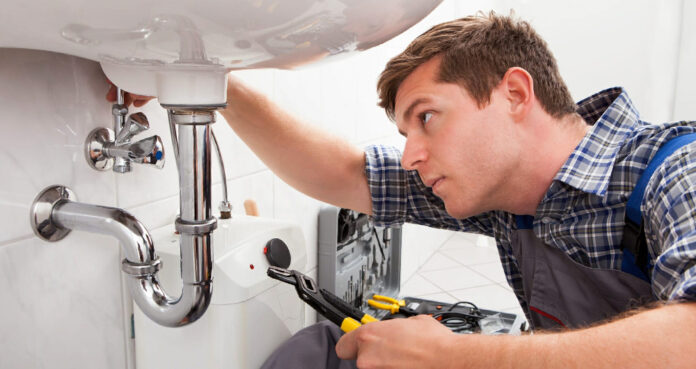
Stay on the lookout for any leaks. Keep your eyes peeled for unexplained water bill increases. If your bills suddenly spike, it could be that the water is leaking somewhere. A small leak, if left unresolved, can very easily spiral out of control. A leak that would have probably cost you $50 to repair ends up costing you many hundreds of dollars just because you didn’t act on it fast enough. Other tell-tale signs of plumbing set up in distress are moist or constantly wet toilet floors and unexplained foul odors from your main system.
2. Be careful with your toilet
Kindly use the toilet properly. Use the right toilet paper and always flush any deposits with enough water. Women’s sanitary products and diapers should never be dumped in the system. These materials often cause blockages in the narrow piping connecting the toilet to the septic tank. Watch over your kids so that they do not flush a deceased goldfish down the drain. Oils and butter should also never be flushed in toilets. Greasy materials attach themselves to the walls of your piping and this leads to plumbing disasters.
3. Proper kitchen garbage handling
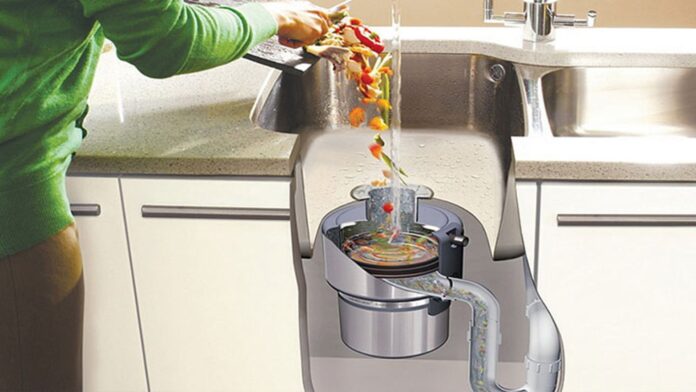
Be kind to your kitchen sinks. Avoid dumping fruit pits or bones. These are too hard, and they eventually block the system. Don’t try to flush stringy garbage, such as corn husks and celery stalks. The worst idea would be to try and flush down plastics, sponges, or metallic materials down the drain. The kitchen garbage disposal system is delicate and it is designed to handle trace amounts of leftovers. Put the rest of the kitchen waste in your compost pile or trash can for proper disposal.
4. Use sink strainers
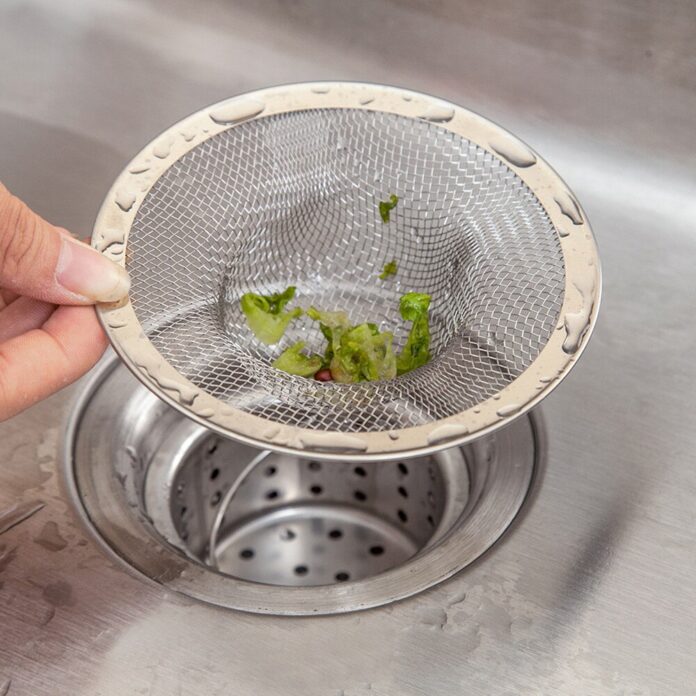
Strainers should be placed on the kitchen sinks and in the bathroom as well. These strainers are ideal for keeping hair and other junk from passing to the sewerage lines. That helps to prevent unnecessary blockages.
5. Use natural cleaning Supplies
Some of these chemicals may erode your water pipes. Instead of relying on chemicals to clean the water pipes, why don’t you use the regular plungers and hot soapy water to flush out contaminants? Vinegar mixed with baking soda also helps to unblock clogged toilet pipes. Or, go with the drain snake. If the blockages persist, call up a licensed plumber from teamemergencyplumber.com for professional handling.
6. Clean your water heater tanks regularly
It is highly recommended you empty your water tanks at least once or twice per year. This cleaning helps to remove sediments that build upon the pipes and at the bottom of your tank. If the sediment build-up is allowed to persist, the tank will not only cease to function, but you will also be exposing yourself to all manner of water-borne diseases. To avoid electrocution, please ensure you turn off the water heater supply valves.
7. Insulating pipes for winter
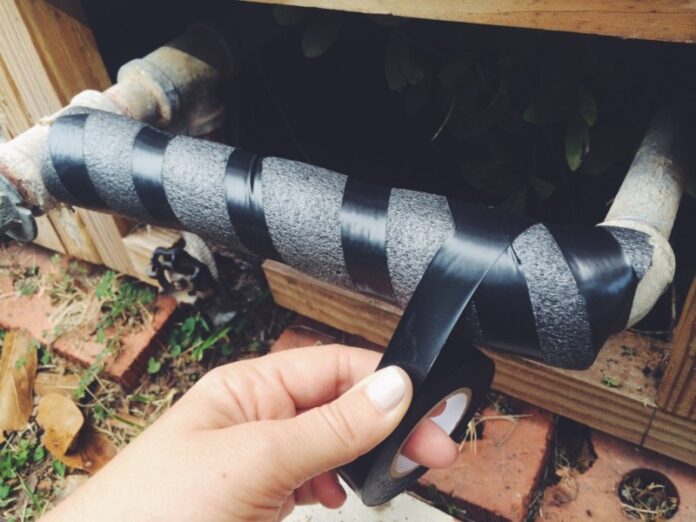
Insulate your water pipes if you live in an area that experiences harsh and protracted winters. Apart from insulation, ensure you open the kitchen and sink cabinets to allow warmer air to contact the frozen pipes. Leave your kitchen water dripping. This trace amount of water keeps your water pipes from freezing. Before winter arrives, make sure you clear standing water left in your sprinkler systems. After a while, you might want to consider repiping your property. Old pipes are susceptible to breakages and rusting.
8. Shut off the main water valve
Locate the main water closing valve. It is usually at the front of your property. In the event of a burst or leaky pipe, act fast and turn off the main’s valve. This quick response will most certainly prevent a minor plumbing issue from becoming a full-blown emergency.
9. Locate your underground plumbing
Make sure you request the technicians who installed the sprinklers to leave you with a copy of the setup. This diagram enables accurate excavation for future repairs. In emergencies, you provide the new repair guys with the plumbing schematics. Additionally, use technology tools to map the home’s plumbing network.
10. Liaise with neighbors
There are times you want to go on an extended vacation. Let’s say you will be away for six or so months. In such instances, always leave a close neighbor to watch over your residences. Ask the neighbor to inform you if they notice any issues with your plumbing system. This reliable neighbor will be the first to call you when your house floods as you vacation elsewhere. Do not also forget to turn off all the taps at your place before exiting.
Conclusion
Having a solid plumbing system is a relief. This system plays many valuable roles in our properties. It is responsible for ensuring we bathe, cook, clean, and water our gardens. The plumbing system supports the hygienic removal of waste from our living spaces. And a solid plumbing system ensures our homes do not get flooded. Therefore, it is in your best interests to monitor this system on a daily. Prevent emergencies by inspecting your faucets and fixtures. After all, it costs less to deal with a seemingly trivial plumbing issue than for you to replace the entire septic tank later on.
